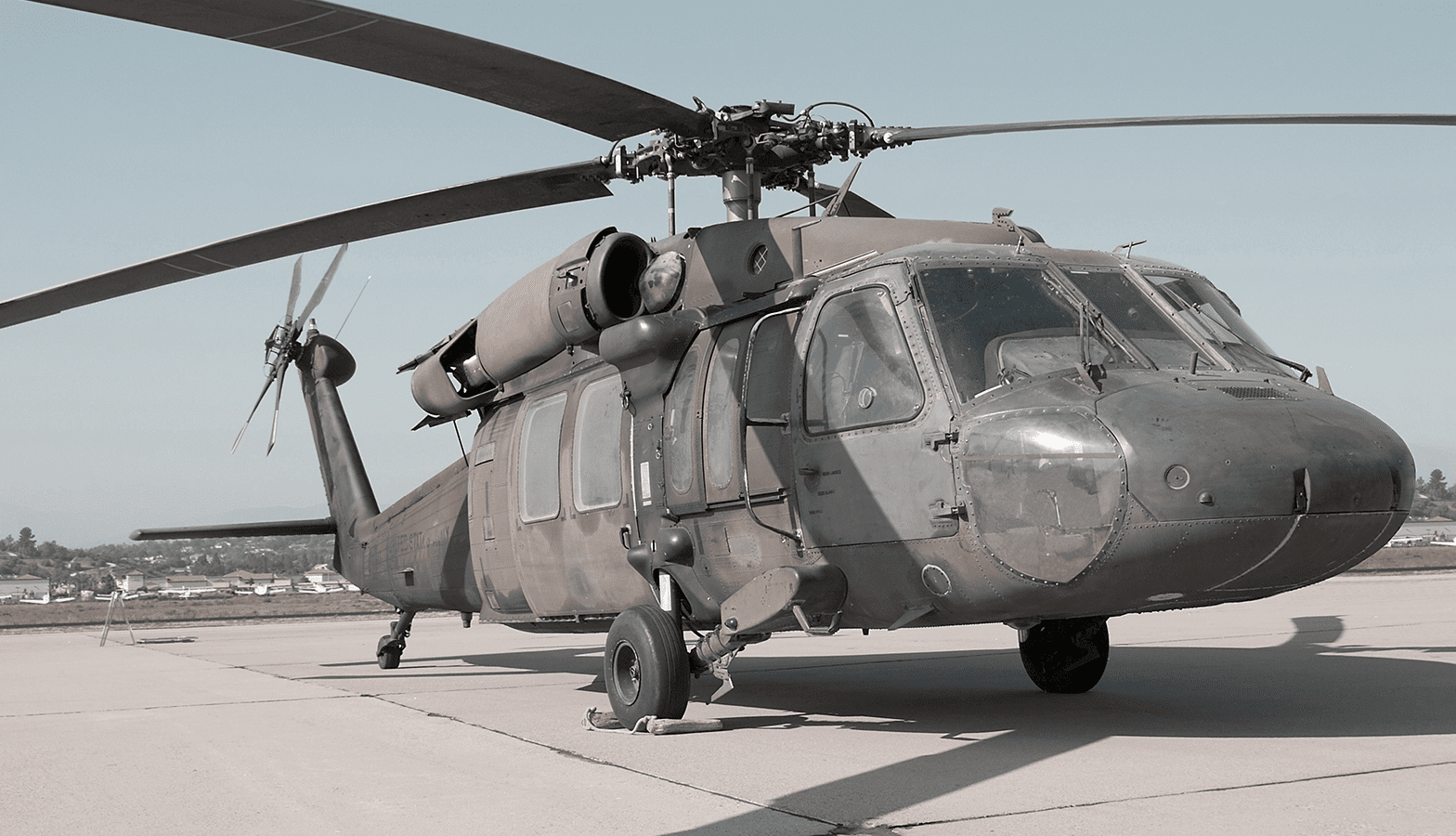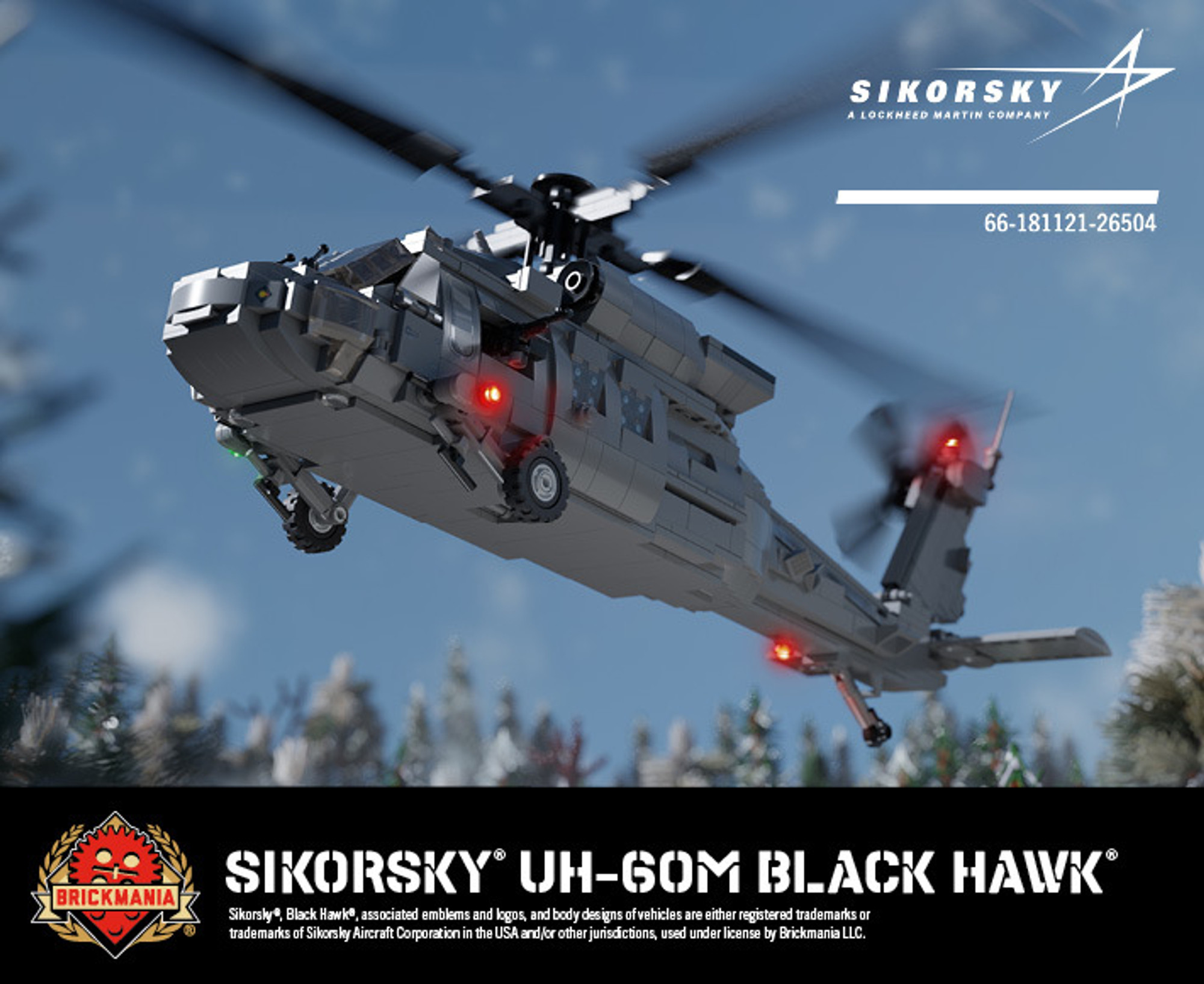UH 60 Helicopter Overview: Key Features and Capabilities for Military Missions
UH 60 Helicopter Overview: Key Features and Capabilities for Military Missions
Blog Article
Exploring the Background and Development of the UH 60 Helicopter

Beginnings of the UH-60
The beginnings of the UH-60 helicopter can be traced back to the late 1960s, a duration noted by the demand for a flexible energy airplane that can adjust to the progressing needs of contemporary warfare. The U.S. Army recognized the requirement for a substitute for the older UH-1 Iroquois, which was coming to be significantly poor for the complexities of modern battle situations. In 1967, the Military initiated the Utility Tactical Transport Airplane System (UTTAS) program, which sought to establish a multi-role helicopter qualified of different missions, consisting of army transportation, medical emptying, and logistical assistance.
The UH-60 Black Hawk was presented, showcasing ingenious style components and progressed innovation that set it apart from its predecessors. The UH-60 promptly acquired recognition for its durable efficiency, dependability, and flexibility, paving the means for its comprehensive use in armed forces operations and solidifying its standing as a keystone of United state Army air travel.
Key Layout Functions
Cutting-edge design attributes of the UH-60 Black Hawk significantly add to its functional performance. Among one of the most noteworthy elements is its twin-engine configuration, which enhances dependability and provides a greater power-to-weight ratio, making it possible for the helicopter to perform under different conditions. The airplane's four-blade main blades system supplies improved lift and ability to move, vital for tactical goals.

Furthermore, the cabin is designed for optimum presence and comfort designs, including advanced avionics that improve pilot operations. The modular design of the UH-60 allows for very easy upkeep and flexibility, making it appropriate for various objective profiles, from troop transportation to medevac operations. These essential style functions guarantee that the UH-60 Black Hawk remains a versatile and reputable possession in armed forces aviation, with the ability of fulfilling the demands of contemporary war.
Technical Improvements
Current technological improvements in the UH-60 Black Hawk have actually considerably enhanced its functional capabilities and adaptability. The integration of advanced avionics, such as electronic flight control systems and improved situational understanding displays, enables pilots to run with increased accuracy and efficiency. These systems assist in enhanced navigating, communication, and data sharing, allowing the helicopter to operate properly in varied environments.
In addition, the introduction of composite materials has reduced the total weight of the aircraft while keeping architectural stability. This decrease improves fuel performance and prolongs functional array. The incorporation article source of sophisticated blades modern technology, consisting of using four-blade, completely articulated blades systems, has enhanced lift performance and ability to move, enabling better handling in numerous flight conditions.

Furthermore, developments in propulsion systems, such as the T700-GE-701D engines, have actually raised power result and integrity - uh 60. These engines add to exceptional performance in high-altitude and hot-weather conditions
Last but not least, the combination of self-defense systems and improved sensing unit bundles boosts the Black Hawk's survivability and objective performance. Collectively, these technological renovations ensure that the UH-60 Black Hawk continues to be a crucial asset in modern aeronautics, efficient in adapting to the developing needs of army and humanitarian objectives.
Duty in Armed Force Operations
As the foundation of united state Army aeronautics, the UH-60 helicopter plays an essential role in numerous armed forces operations, functioning as a functional platform for combat assistance, transport, and medevac objectives - uh 60. Its layout includes the capability to operate in varied atmospheres, making it important for army activity and logistical assistance in both unusual and traditional warfare

In medical discharge circumstances, the UH-60 has shown vital, considerably minimizing the moment to move damaged soldiers from the combat zone to medical centers. Its advanced avionics and evening vision capabilities better make sure mission success under challenging problems. In general, the UH-60 helicopter stays an essential possession, continuously adapting to meet the evolving demands of armed forces operations and improving the performance of U.S. forces worldwide.
Future of the UH-60
Looking ahead, the future of the UH-60 helicopter entails significant innovations in innovation and capabilities created to boost its operational effectiveness. As military operations advance, the UH-60 is anticipated to incorporate advanced innovations, including enhanced avionics, improved tools systems, and progressed communication tools. These enhancements will certainly permit greater situational awareness and mission versatility, guaranteeing that the UH-60 continues to be a crucial asset on the field of battle.
One remarkable advancement is the integration of fly-by-wire systems, which will certainly improve trip control precision and lower pilot work. Additionally, efforts to update the airframe and engines aim to boost speed, news haul, and range capacity, thus broadening the helicopter's functional extent (uh 60).
The future likewise holds promise for increased interoperability with unmanned aerial systems (UAS), making it possible for collaborated objectives that utilize both manned and unmanned capabilities. Furthermore, the incorporation of expert system and maker learning might maximize flight dynamics and upkeep processes, resulting in reduced operational expenses.
Verdict
The UH-60 Black Hawk helicopter represents a considerable achievement in armed forces air travel, evolving from investigate this site the U.S. Army's initial demands for a versatile utility aircraft. Its ingenious style functions and continuous technical developments have guaranteed its relevance in various military procedures over the decades. As the demands of modern-day warfare change, the future of the UH-60 will likely include further improvements and adjustments, enhancing its standing as an important possession for militaries worldwide.
The UH-60 Black Hawk helicopter stands for a considerable milestone in military aviation, arising from the U.S. Military's pursuit for a more functional and dependable energy aircraft in the late 20th century.The origins of the UH-60 helicopter can be traced back to the late 1960s, a period marked by the requirement for a flexible utility airplane that could adjust to the developing needs of modern-day war. On the whole, the UH-60 helicopter stays an essential possession, continuously adjusting to satisfy the advancing needs of military operations and boosting the effectiveness of U.S. pressures worldwide.
Looking ahead, the future of the UH-60 helicopter involves substantial advancements in innovation and capacities developed to improve its functional efficiency.The UH-60 Black Hawk helicopter stands for a significant achievement in military air travel, developing from the United state Military's first demands for a flexible energy airplane.
Report this page